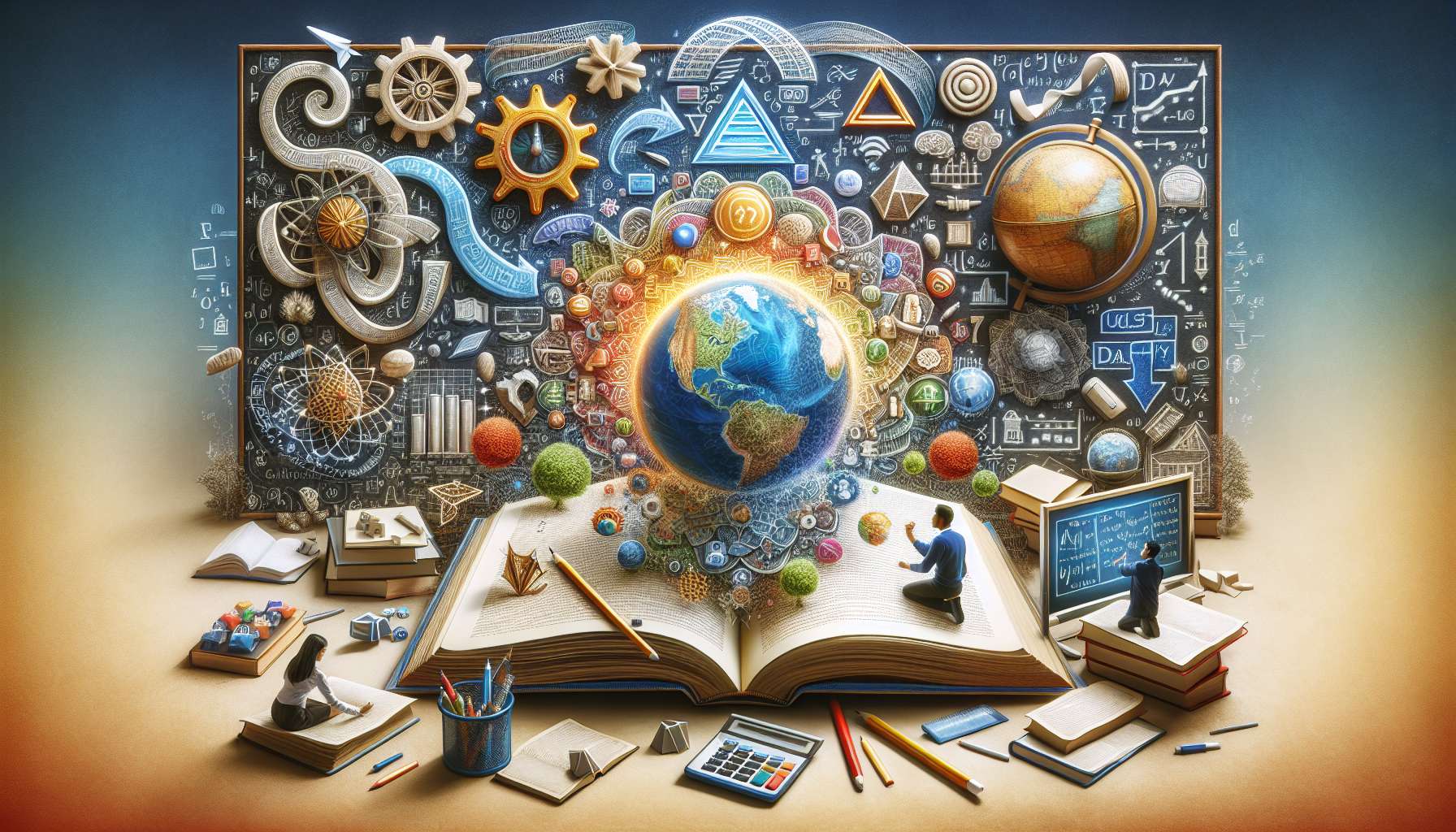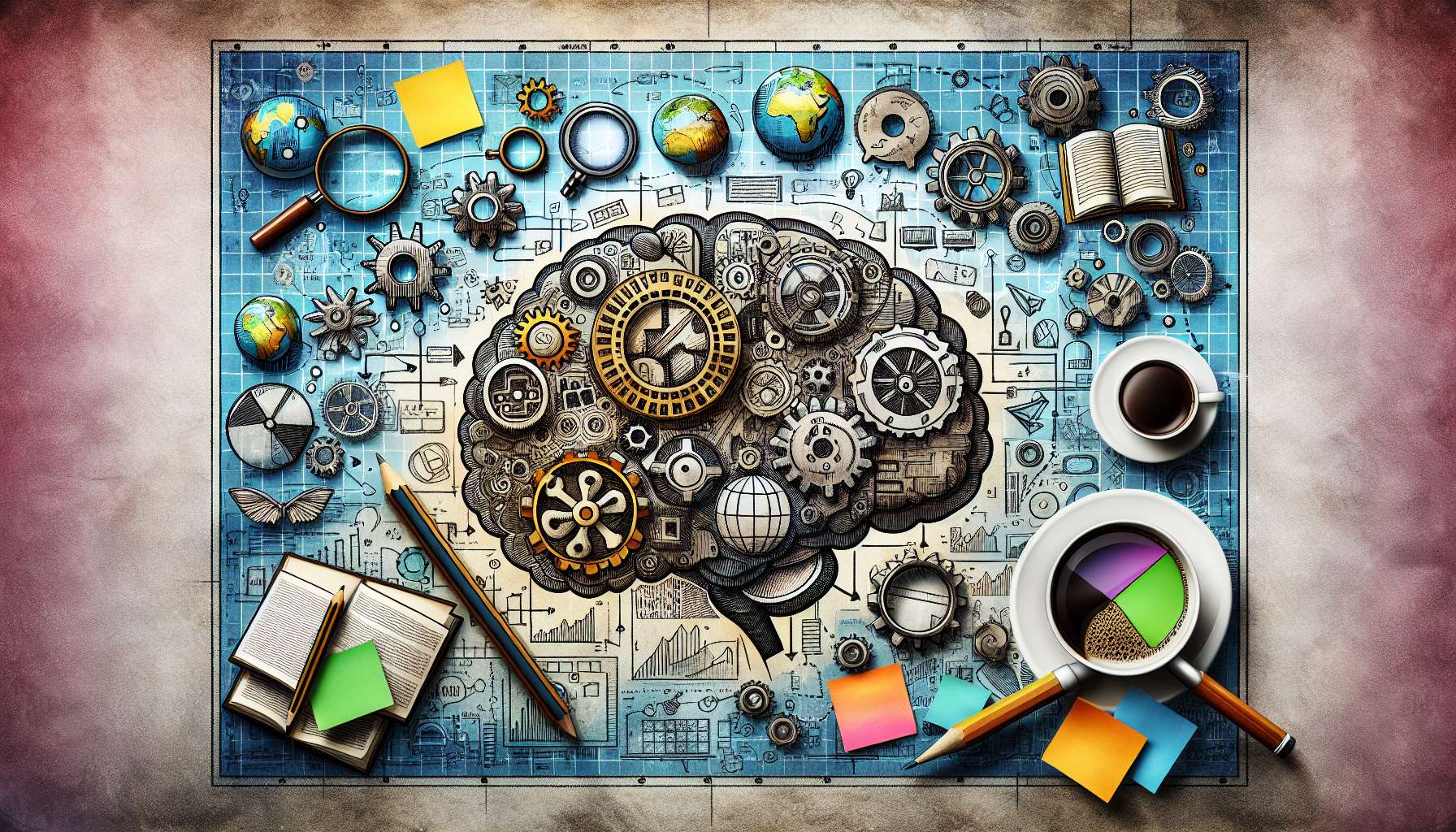Key Educational Fundamentals: Unlocking the Path to Success
Education is the cornerstone of society, shaping minds, fostering growth, and paving the way for a brighter future. Within the realm of education, there exist key fundamentals that lay the foundation for learning, development, and success. These fundamentals are essential elements that guide educators, students, and policymakers in creating a robust and effective educational system. In this article, we will delve into the world of key educational fundamentals, exploring their significance, impact, and implications in the realm of learning.
The Importance of Foundational Learning
At the heart of education lies the concept of foundational learning. This fundamental principle emphasizes the importance of establishing a solid base of knowledge and skills upon which further learning can be built. Foundational learning encompasses core subjects such as math, language arts, science, and social studies, providing students with essential tools for academic success.
For example, in math education, foundational concepts like addition, subtraction, multiplication, and division serve as building blocks for more advanced mathematical skills. Without a strong grasp of these basic principles, students may struggle to understand more complex mathematical concepts later on.
Similarly, in language arts, the ability to read, write, and communicate effectively is crucial for academic achievement. By developing strong literacy skills early on, students are better equipped to comprehend and analyze complex texts, write persuasively, and engage in meaningful discussions.

Personalized Learning: Tailoring Education to Individual Needs
One of the key trends in education today is personalized learning, which involves customizing instruction to meet the unique needs and interests of each student. This approach recognizes that every learner is different and may require varied strategies, resources, and support to maximize their potential.
Personalized learning allows students to progress at their own pace, delve into subjects that interest them, and receive targeted interventions when needed. By catering to individual strengths, weaknesses, and learning styles, educators can create a more engaging and effective learning experience for students.
For instance, a student who excels in visual learning may benefit from using diagrams, charts, and videos to reinforce key concepts. On the other hand, a student who struggles with reading comprehension may require extra support through one-on-one tutoring or adaptive technology.
Technology Integration in Education
In today’s digital age, technology plays a pivotal role in transforming the landscape of education. From interactive whiteboards to online learning platforms, technology has revolutionized the way students learn, teachers instruct, and schools operate.
Technology integration in education not only enhances engagement and collaboration but also provides access to a wealth of resources and information. For example, students can use educational apps to practice math skills, conduct research using online databases, or participate in virtual field trips to explore distant places and cultures.
Furthermore, technology enables educators to differentiate instruction, track student progress, and provide instant feedback, fostering a more personalized and adaptive learning environment. By integrating technology into the classroom, educators can cater to diverse learning needs and prepare students for success in a technology-driven world.

Social and Emotional Learning
Beyond academic knowledge, social and emotional learning (SEL) is a critical component of education that focuses on developing students’ emotional intelligence, interpersonal skills, and resilience. SEL equips students with the tools they need to navigate social relationships, manage emotions, and make responsible decisions.
Research has shown that students who receive SEL instruction demonstrate improved academic performance, enhanced social relationships, and reduced behavioral problems. By fostering empathy, self-awareness, and problem-solving skills, SEL helps students thrive both in and out of the classroom.
For example, a student who has a strong foundation in SEL may be better equipped to handle conflicts with peers, cope with stress and anxiety, and demonstrate empathy towards others. By incorporating SEL into the curriculum, educators can create a supportive and inclusive learning environment that nurtures the holistic development of students.
Assessment and Feedback: Monitoring Student Progress
Assessment and feedback are essential components of the educational process that help educators monitor student progress, identify learning gaps, and provide targeted support. Through formative and summative assessments, educators can evaluate student performance, measure learning outcomes, and adjust instruction accordingly.
Formative assessments, such as quizzes, exit tickets, and discussions, provide ongoing feedback to both students and teachers, allowing for timely interventions and adjustments. Summative assessments, such as exams, projects, and portfolios, offer a comprehensive evaluation of student learning over a longer period.
By analyzing assessment data and providing constructive feedback, educators can help students set goals, track their progress, and improve their learning outcomes. Feedback that is specific, timely, and actionable enables students to reflect on their work, identify areas for growth, and make meaningful improvements.
Teacher Professional Development: Empowering Educators
Teacher professional development is another key educational fundamental that plays a crucial role in enhancing the quality of instruction, promoting teacher effectiveness, and improving student outcomes. Continuous learning and growth are essential for educators to stay current with best practices, pedagogical trends, and research-based strategies.
Professional development opportunities, such as workshops, conferences, and online courses, enable teachers to expand their knowledge, acquire new skills, and collaborate with peers. By investing in teacher development, schools can create a culture of excellence, innovation, and continuous improvement.
Moreover, teacher professional development fosters a sense of community, support, and camaraderie among educators, leading to greater job satisfaction, retention, and overall school success. By empowering teachers to grow and develop professionally, schools can create a positive and dynamic learning environment for both educators and students.
Expert Opinions
According to renowned education expert Sir Ken Robinson, “Education is not the filling of a pail, but the lighting of a fire.” This quote underscores the transformative power of education in igniting curiosity, passion, and lifelong learning in students. Robinson emphasizes the importance of nurturing creativity, individuality, and critical thinking in education to prepare students for the challenges of the future.
Similarly, education advocate Dr. Howard Gardner, known for his theory of multiple intelligences, asserts that “intelligence is the ability to solve problems or create products that are valued within one or more cultural settings.” Gardner’s theory challenges traditional notions of intelligence and highlights the diversity of human abilities and talents.
Conclusion
In conclusion, key educational fundamentals serve as the guiding principles that shape the landscape of learning, development, and success. From foundational learning to personalized instruction, technology integration, social and emotional learning, assessment and feedback, and teacher professional development, these fundamentals play a vital role in creating a holistic and effective educational system.
By understanding and embracing these key educational fundamentals, educators, students, and policymakers can work together to foster a culture of excellence, innovation, and lifelong learning. As we continue to navigate the complexities of education in the 21st century, it is essential to prioritize these fundamentals and ensure that every learner has the opportunity to thrive and succeed.
To wrap things up, let us remember the words of Nelson Mandela: “Education is the most powerful weapon which you can use to change the world.” By embracing key educational fundamentals and investing in the future of education, we can empower individuals, transform communities, and create a brighter tomorrow for all.




